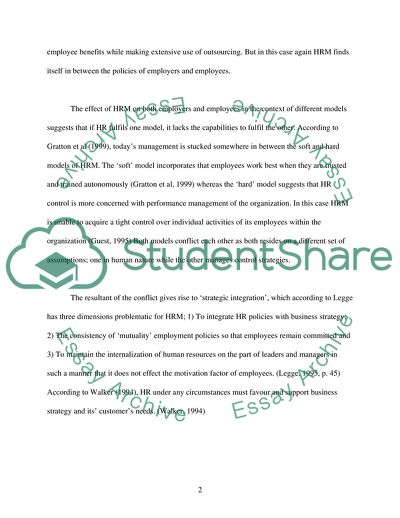Cite this document
(HRM As A Beneficial Tool For Both Employers And Employees Essay, n.d.)
HRM As A Beneficial Tool For Both Employers And Employees Essay. https://studentshare.org/human-resources/1709956-human-resource-management-is-a-good-thing-for-both-employers-and-employees
HRM As A Beneficial Tool For Both Employers And Employees Essay. https://studentshare.org/human-resources/1709956-human-resource-management-is-a-good-thing-for-both-employers-and-employees
(HRM As A Beneficial Tool For Both Employers And Employees Essay)
HRM As A Beneficial Tool For Both Employers And Employees Essay. https://studentshare.org/human-resources/1709956-human-resource-management-is-a-good-thing-for-both-employers-and-employees.
HRM As A Beneficial Tool For Both Employers And Employees Essay. https://studentshare.org/human-resources/1709956-human-resource-management-is-a-good-thing-for-both-employers-and-employees.
“HRM As A Beneficial Tool For Both Employers And Employees Essay”. https://studentshare.org/human-resources/1709956-human-resource-management-is-a-good-thing-for-both-employers-and-employees.


